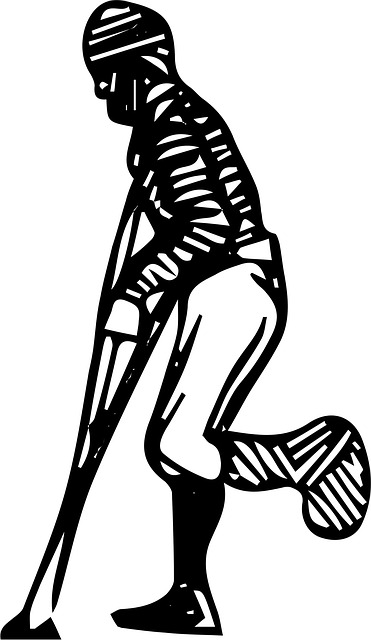The 3 Most Common Injuries in Sport and How to Treat Them
Sporting injuries are an inescapable fact of the game in almost all sports, so knowing the most common types and how to treat them is of the utmost importance for anyone involved, from those looking for physiotherapy jobs to the players themselves. So here’s our list on how to treat, and hopefully avoid, the most common examples:

1. Sprains and strains
Sprains happen when ligaments (a type of muscle tissue connecting two bones) is stretched too far or tears. They can occur in almost any part of the body and can range from relatively harmless, if not painful, to completely debilitating. Strains on the other hand occur within the muscle itself, and are generally less dangerous, but can be just as bad in severe cases.
In most sports, strains and sprains are hard to avoid happening on occasion, and thus they are by far the most common sporting injuries. Treating sprains and strains depends on the area, but in minor cases, continued exercise – or ‘running it off’ – is usually the answer. Rest, with an ice pack to reduce swelling, is the way forward in more painful situations. Continued pain even after resting probably means it’s time for a trip to see a medical professional, as a ligament or muscle may be torn as opposed to simply stretched.
2. Knee injuries
Sports fans may have heard of this one – the dreaded anterior ‘cruciate’ ligament tear. This ligament connects the leg bones to the knee and can tear during collisions or sudden stops and changes of direction. If you hear a pop or tearing sound during the moment of injury, this could be a sign you’ve torn your cruciate and you should visit a doctor immediately. If not completely torn, you can strengthen these ligaments after injury (or even before, to minimize risk) with light hamstring exercises. Other common knee injuries include Patellofemoral syndrome (or runner’s knee) caused by repetitive strain. As suggested by the name, this is often caused by long-distance running. This can be fixed by competitive rest and light exercises recommended by a physiotherapist or doctor.
3. Shin splints
Shin splints are defined as ‘pain along the inner edge of the shin bone or tibia‘.p They can be caused for a number of reasons including muscle strains and lactic acid build up. However, despite being painful, they are usually not too severe and can be mostly avoided by pacing your exercise regime and not doing too much too soon for your fitness levels. Rest and an ice pack usually sort out shin splints relatively quickly, although proper warm ups and appropriate footwear for running will often stop them occurring in the first place.













